If you prefer a home with character compared to something new and cookie cutter, an older house can seem like the right real estate decision. And while this might be the case, older homes, especially fixer-uppers, often come with their own set of quirks that can end up costing far more than you had intended to spend. So before you buy an older property, be aware of these warning signs.

Previous Renovations
Contractors may have cut corners to save costs during previous renovations, which could create future problems. While you should insist on a full home inspection before you buy any house, it’s even more important for older properties. You could also tap on a structural engineer to help identify any further issues.
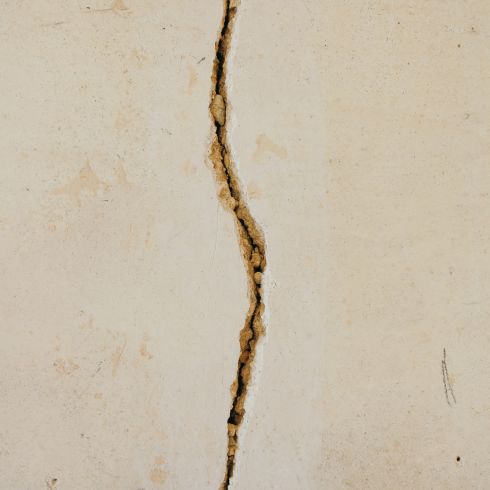
Cracks
While small hairline cracks can be normal as older homes settle over time, larger visible cracks in walls or floors (think a quarter-inch or larger) can be a sign of a larger structural issue. Cracking around window frames is another common sign that the foundation should be evaluated.
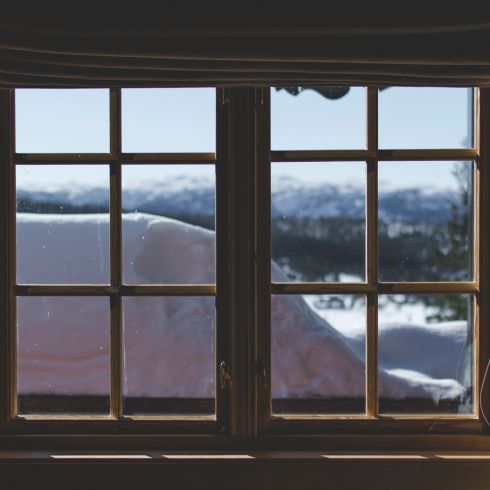
Jamming Doors and Stuck Windows
Another sign of possible structural damage is when doors in the home are persistently jammed or won’t latch properly, along with windows that get stuck whenever you attempt to open and close them.
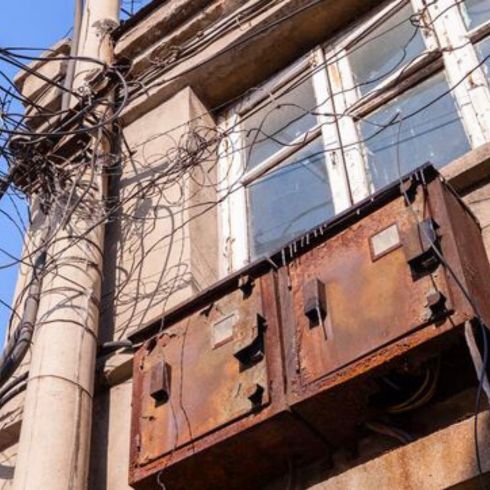
Electrical Wiring, Service Panels and Circuit Breakers
Old electrical systems can pose a major fire risk. Electrical wiring installed before 1960 was often aluminum or knob and tube, both of which pose more of a risk than today’s common use of copper wiring. Electrical service panels and circuit breakers can also deteriorate over time, and may be overloaded by modern appliances.

Electrical Outlets
Older homes tend to have only one or two electrical outlets per room. Using extension cords is a temporary solution, but these pose a fire hazard if they overheat. According to HomeStars, the average price to have an electrician install an outlet in Canada falls in the $200-$300 range.
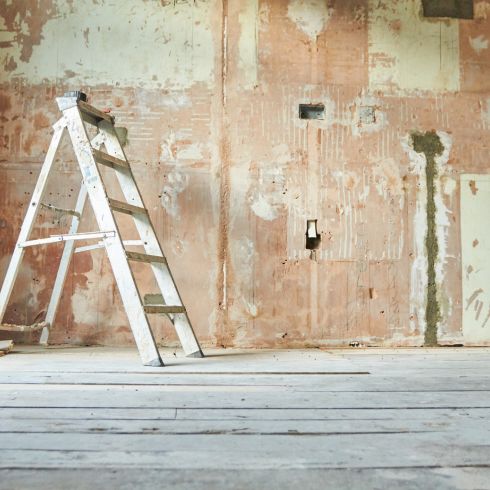
Lead Paint
According to the Health Canada, if your home was built before 1960 and hasn’t been updated since, it likely contains some form of lead-based paint. This can be a major health hazard, especially if the painted wall is disturbed or starts to chip. To determine if this is the case, there’s the option to send a paint sample to a lab for testing, or hire a contractor who specializes in lead detection (typically done with x-ray equipment).

Asbestos
Health Canada claims asbestos was used to insulate and fireproof homes throughout the country until 1990. It can also be found in construction materials such as tiles, house siding, cement and plaster. Asbestos is a known carcinogen that can lead to lung cancer, asbestosis and other serious illnesses. Thankfully, the Canadian Government put more stringent regulations in place in 2018 to prohibit the sale or use of any product that contains it.

Radon
Radon is a radioactive gas that is the top cause of lung cancer in non-smokers, according to Health Canada. Radon enters a house through the soil surrounding a home’s foundation via cracks or any opening where the home is in contact with the ground. Thankfully, the Government has a guide for radon reduction in Canadian homes. In any case, it’s important to be aware when purchasing an old home that might have damage to its foundation.
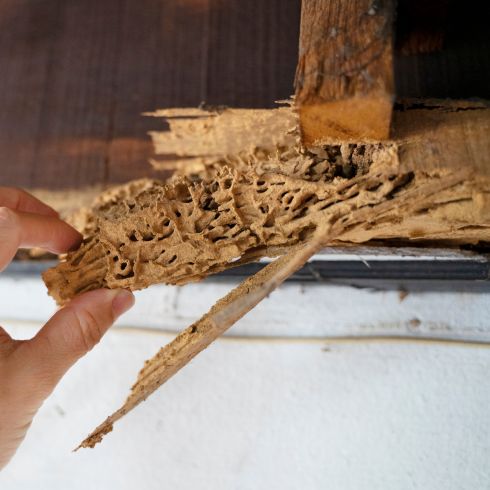
Signs of Termite Damage
Termite infestations can cause severe damage to any wooden components of your home, including floors, drywall and structural supports. These insects are common in the southern parts of Canada and especially along the coasts.
Signs of termite damage include hollow-sounding wood, discolouration, bubbling or warping of wood surfaces, flakes of paint, wallpaper or plaster on the floor and termite mud tubes.

Weird Smells
Musty smells can indicate the presence of mould or mildew. These can cause respiratory ailments or allergies, and could also lead to structural damage. Musty smells can also indicate the presence of mice, while an ammonia-like smell can be a sign of a rat infestation.

Water Leaks
Leaking water can seriously damage your home, and the excessive moisture can encourage the growth of mould and mildew. It’s wise to determine the age of a home’s plumbing system and the type of materials used ahead of putting in an offer.
Also look for signs of water damage, such as bubbles on the ceilings underneath the bathroom, brownish stains on the ceiling or a musty smell in the basement.

Popcorn Ceilings
Popcorn ceilings were common in homes built between the 1930s and 1990s. Aside from these textured ceilings not being a popular aesthetic look today, they were also known to contain anywhere from 1 per cent to 10 per cent asbestos. Removing them is labour intensive, since they have to be scraped off, so it might be wise to call in an expert.
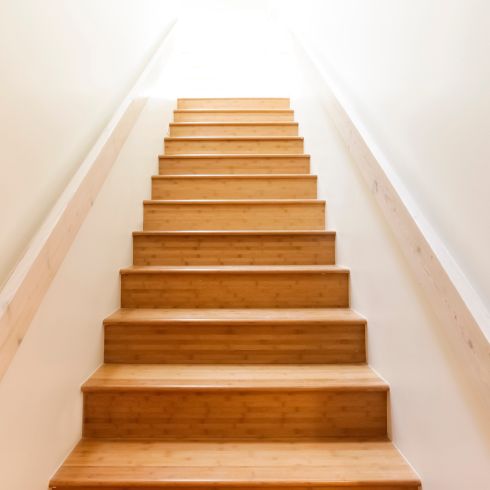
Uneven Steps or Sidewalks
Despite the fact that uneven steps or sidewalks are a tripping hazard, they can also be an indication of structural damage.
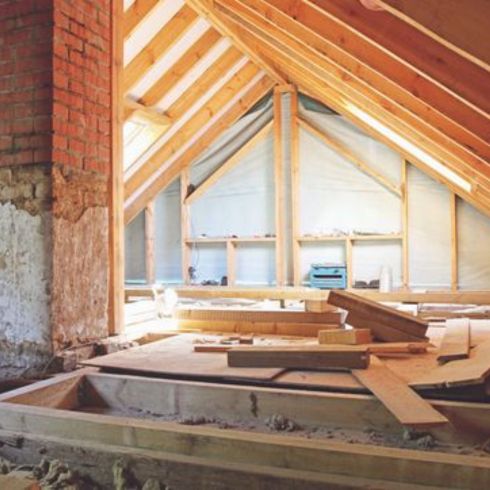
Lack of Insulation
While some older homes have asbestos-containing insulation, others don’t have any insulation at all. While the initial cost of adding insulation to your home will run in the thousands, you can recover it within a few years in the form of savings on your energy bill.

Outdated HVAC Systems
Most standard residential HVAC systems can last anywhere between 10 to 25 years. But the older they get, the more inefficient they will become, requiring additional maintenance. Replacing them when they fail can be an unexpected cost, so understanding how old the heating, ventilation and air conditioning systems are in a home ahead of purchasing could save you thousands.

Outdated Appliances
Appliances like refrigerators, ovens and washer/dryer units generally only last a decade or two. Outdated appliances may break down when you least need it, or pose a fire hazard. Plus, older varieties are less energy-efficient than newer models.
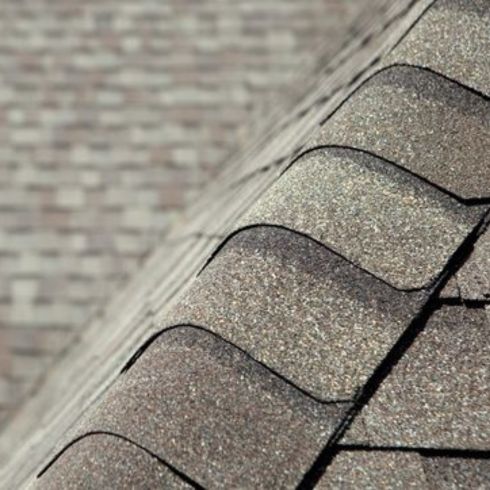
Roof Problems
Warning signs of potential problems with the roof of an older home include missing or broken shingles, crumbling cement, sagging gutters or moisture in the attic. If you notice signs of water damage or the intrusion of animals or insects in the attic, get a roof inspection to better understand what you’re dealing with and any associated costs.

Heritage Classification
While it may sound like a bit of a status symbol to live in a gorgeous home that’s been classified as a heritage building, it generally comes with far higher renovation costs. It also limits you in terms of the renovations you’re allowed to do. There are pros and cons to owning a heritage home, so it’s important to weigh both ahead of making any major home buying decisions.
Home Network your inbox.
By clicking "SIGN UP” you agree to receive emails from Home Network and accept Corus' Terms of Use and Corus' Privacy Policy.



